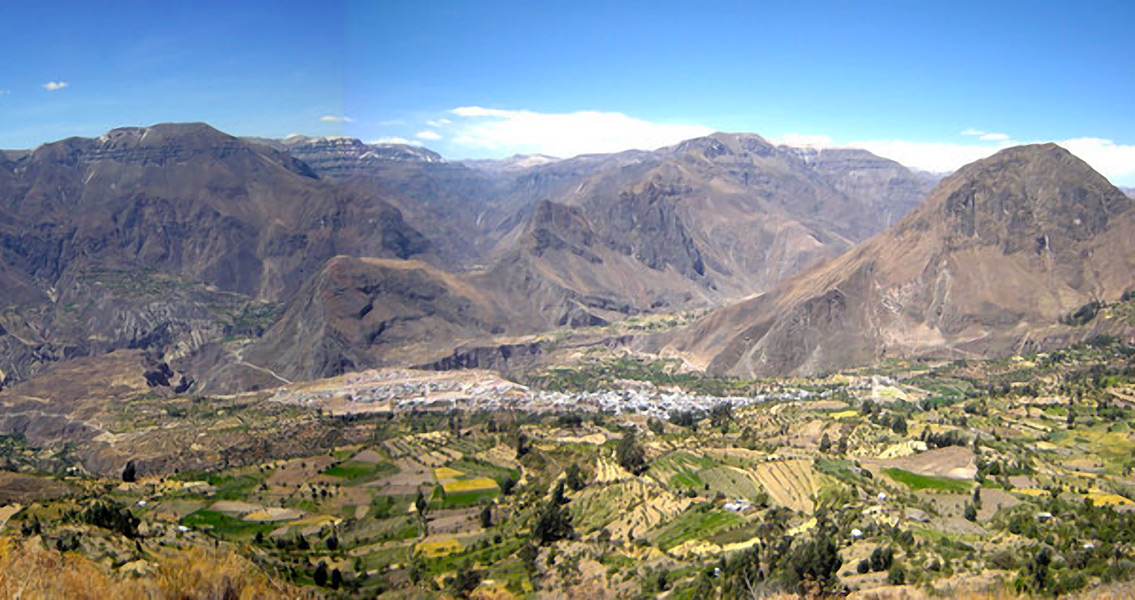<![CDATA[A site containing several thousand mummies in Peru is currently fascinating archaeologists. The remains were found in an area called Tenahaha, in the Cotahuasi Valley, a remote part of Peru mostly known for the Wari civilisation which dominated the region between 500 and 1,000 CE, but with signs of human presence dating as far back as 11,000 BCE. The mummies range in age from newborns to adults, and while some are complete, others seem to have been intentionally dismembered. None of the 171 mummies found so far are in great shape as a result of flooding and the presence of rodents at the site, but they can still reveal something about how the Wari lived and died. The remains discovered so far were set in seven of a few dozen tombs on the hills surrounding what was presumably a ceremonial area in Tenahaha, used for feasts and burial rituals. Radiocarbon dating has revealed that the site was used for these purposes between 1,000 and 800 years ago, and the people entombed around the inner, ceremonial circle had inhabited the villages in the Cotahuasi Valley. After their deaths, they were put in a sitting position, with their knees pressed to their chests, and their arms folded. Then they were wrapped in fabric and tied with ropes, a burial manner seen in other Andean mummies as well. The infants’ remains found at the site were buried in jars. The question remains why some of the local deceased’s bones were taken apart and scattered in different tombs, including one that contains some 400 separate body parts, such as hands, feet, and teeth. Lead researcher Justin Jennings, curator at the Royal Ontario Museum, has detailed the finds in a book, “Tenahaha and the Wari State: A View of the Middle Horizon from the Cotahuasi Valley.” In it, he suggests that breaking up the remains may have been a way of establishing a spirit of equality in the local communities, of instilling a sense of togetherness. However, Jennings goes on to point out that this does not account for the selectiveness of the destruction, which also includes artefacts such as pottery. In any case, death was no simple matter in these ancient Andean cultures; another recent study found that Peruvians from the first century CE had special complexes where the remains of their deceased were de-fleshed with a highly caustic mixture of limestone and water, probably before being taken home as relics. In the words of Jennings, death was “a process” for these cultures, not a singular event. Another fascinating suggestion made by the researchers at Tenahaha is that the place seems to have been an island of peace in a region undergoing major economic and political shifts that had led to increased violence. The spread of agriculture, a population growth spur, and the consequent class stratification turned people on each other, as evidenced by pottery artefacts depicting hostile faces and trophy skulls found in other parts of Peru. At Tenahaha, however, the pottery found had motifs of smiling faces, there were no traces of defensive architecture and none of the mummies found so far have any signs of injuries. This has led the archaeologists to speculate that the place was a sort of haven from the violence in the rest of the region. Image courtesy of Wikimedia Commons user: Manouel]]>
Mummy “Graveyard” Sheds Light on Peruvian Death Rituals
